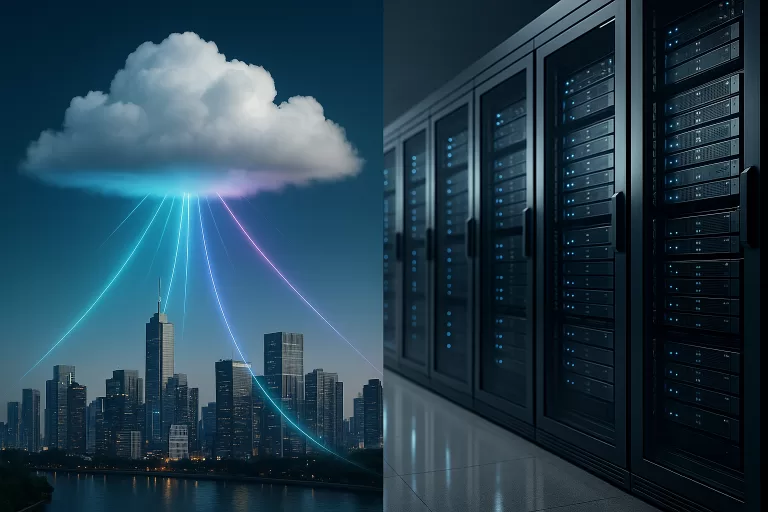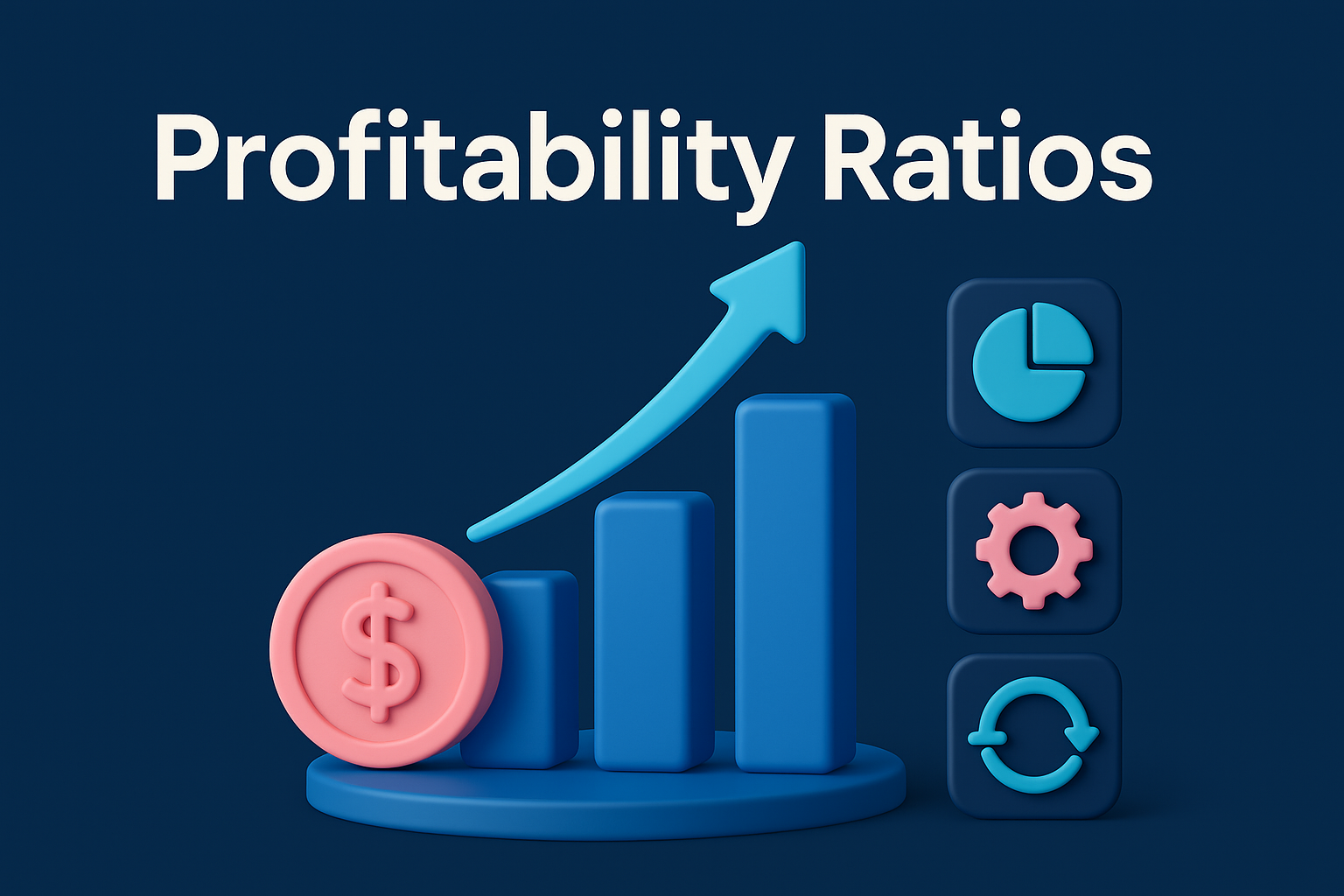Introduction
In recent years, Enterprise Resource Planning (ERP) systems have become a cornerstone of organizational success, whether for small startups or large corporations. The question is no longer “Do I need an ERP system?” but rather “Which ERP deployment model is right for my business? Should I choose Cloud ERP or On-Premise ERP?”
This decision is strategic because it directly impacts:
-
Short- and long-term costs.
-
Scalability and growth speed.
-
Data security and control.
-
Operational flexibility in the face of rapid change.
In this comprehensive article, we will dive deep into a comparison of Cloud ERP and On-Premise ERP, covering their definitions, benefits, drawbacks, costs, security considerations, use cases, and market trends. Our goal is to help you make an informed decision for 2025.
What Is ERP?
ERP (Enterprise Resource Planning) is an integrated software platform that unifies essential business processes under one system. Typical ERP modules include:
-
Accounting and finance
-
Inventory management
-
Sales and procurement
-
Human resources
-
Project management
-
Reporting and analytics
ERP eliminates departmental silos and provides a single source of truth across the enterprise.
But the way ERP systems are deployed varies, primarily between two models:
-
Cloud ERP – Hosted on external cloud servers and accessed via the internet.
-
On-Premise ERP – Installed and operated on servers owned and maintained by the organization.
Cloud ERP
Definition
Cloud ERP is a deployment model where the ERP software and data are hosted on cloud infrastructure (e.g., Microsoft Azure, AWS, Google Cloud, or regional providers) and accessed via the internet.
Advantages
-
Lower upfront costs – No need to purchase or maintain in-house servers.
-
Anywhere access – Employees can log in from any location.
-
Automatic updates – Providers continuously push updates and improvements.
-
Scalability – Easily add users or modules as the company grows.
-
Advanced security protocols – Enterprise-grade encryption, firewalls, and monitoring.
-
Flexible payment models – Monthly or annual subscriptions.
Disadvantages
-
Dependence on internet connectivity.
-
Limited customization compared to on-premise systems.
-
Concerns for companies handling highly sensitive data stored outside their premises.
On-Premise ERP
Definition
On-Premise ERP is deployed and maintained on servers owned by the company. The IT team manages system operations, updates, and security internally.
Advantages
-
Full data control – Data resides entirely within the organization.
-
High customization – Systems can be tailored to meet specific business processes.
-
Not internet-dependent – Accessible even if external connectivity fails.
-
Potentially lower long-term cost after initial capital investment.
Disadvantages
-
High upfront costs – Hardware, licensing, and infrastructure setup.
-
Complex updates – Require planned downtime and IT resources.
-
Limited scalability – Expansion often requires additional investments.
-
Security responsibility rests entirely with the organization.
Comparison Table
| Feature | Cloud ERP | On-Premise ERP |
|---|---|---|
| Initial Cost | Low (subscription-based) | High (servers, licenses) |
| Long-Term Cost | May increase with subscriptions | Lower after initial investment |
| Security | Managed by provider (global standards) | Fully managed internally |
| Customization | Limited | Extensive |
| Updates | Automatic and frequent | Manual and complex |
| Accessibility | Anywhere via internet | On-site only (unless VPN configured) |
| Scalability | High and immediate | Slow, requires resources |
| Flexibility | Ideal for SMEs and remote teams | Ideal for large enterprises with specific needs |
When to Choose Cloud ERP
-
Startups or SMEs seeking quick implementation.
-
Companies with distributed or remote workforces.
-
Organizations without strong in-house IT departments.
-
Businesses that prefer subscription models over large capital expenditures.
When to Choose On-Premise ERP
-
Large corporations with strong budgets.
-
Companies in industries with strict data compliance (e.g., banking, defense).
-
Organizations that require deep system customization.
-
Firms with skilled IT teams capable of managing infrastructure.
Cost Breakdown
Cloud ERP:
-
Monthly/annual subscription fees.
-
Extra charges for additional modules or users.
-
Training and support fees (sometimes separate).
On-Premise ERP:
-
One-time cost of servers, licenses, and setup.
-
Ongoing costs of IT staff, updates, and maintenance.
-
Infrastructure scaling costs when adding users or modules.
Security & Compliance
-
Cloud ERP:
-
Providers invest heavily in top-tier security (encryption, continuous backups, AI-driven monitoring).
-
Compliance with global standards (ISO 27001, SOC 2, GDPR).
-
-
On-Premise ERP:
-
Security is entirely the responsibility of the organization.
-
Suitable for firms requiring maximum data sovereignty.
-
Real-World Use Cases
-
Tech Startup: Adopted Cloud ERP to minimize upfront costs and accelerate growth.
-
Manufacturing Giant: Chose On-Premise ERP for custom production workflows and complete data control.
-
E-commerce Business: Migrated to Cloud ERP to enable remote teams and global operations.
Future Outlook
Market research suggests that over 70% of global companies will adopt Cloud ERP by 2030, driven by:
-
Reduced infrastructure costs.
-
The rise of remote work.
-
Seamless integration with AI and real-time analytics.
That said, On-Premise ERP will remain relevant for heavily regulated industries and enterprises demanding ultimate customization and control.
Conclusion
-
If your priority is speed, flexibility, and lower initial investment, Cloud ERP is your best choice.
-
If your priority is data sovereignty, compliance, and customization, On-Premise ERP remains the ideal solution.
Ultimately, the decision should be based on:
-
Company size.
-
Budget.
-
Data sensitivity.
-
Future growth plans.
References
-
Gartner, ERP Market Trends 2024–2025.
-
Forrester Research, The Future of Cloud ERP in Global Enterprises.
-
Deloitte Insights, ERP Implementation Best Practices 2025.
-
PwC, ERP Systems in the Age of Digital Transformation.
-
Statista, Adoption Rate of Cloud ERP Worldwide (2015–2030).
-
IDC, ERP Deployment Models and Security Standards.





